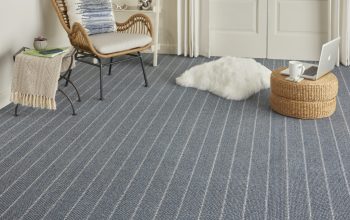Glass fusing is a captivating technique in the world of art and craft, where pieces of glass are melted together to create intricate designs and vibrant colors. This method allows artists to explore endless possibilities and achieve stunning professional results. The choice of materials plays a pivotal role in ensuring that the final product meets high standards of quality and aesthetic appeal. At the heart of glass fusing are the fusing glasses themselves, which come in a variety of types, each suited for different effects. One of the most commonly used types is bullseye glass, renowned for its consistency and vibrant colors. This glass is available in a range of shades and can be easily layered to create complex designs. Its compatibility with other fusing materials also makes it a versatile choice for professional projects. Another popular option is dichroic glass, which is coated with thin layers of metal oxides.
This coating creates an iridescent effect, adding a dynamic and multi-dimensional quality to the finished piece. Dichroic glass is particularly valued for its ability to change color depending on the angle of the light, making it a favorite among artists who want to add a touch of drama to their work. In addition to the glass itself, the choice of frit and powder is crucial for achieving professional results. Frit consists of small glass particles that can be sprinkled onto a base layer to create texture and color gradients. It comes in various sizes, from coarse to fine, allowing for a range of effects from bold and textured to smooth and subtle. Powdered glass, on the other hand, is often used to create smooth, blended color transitions and detailed patterns. Both frit and powder can be used in combination to achieve unique and intricate designs, giving artists the flexibility to experiment with different techniques and styles.
For those looking to create specific effects, the inclusion of inclusions and embellishments can further enhance the final piece. Items such as metal wires, beads, or even small pieces of glass can be incorporated into the design to add dimension and interest. These inclusions can be strategically placed to create focal points or to add unexpected elements to the piece. The careful selection and placement of these materials can significantly impact the overall look and feel of the finished glass art. The quality of the glass fusing process also depends on the tools and equipment used. A high-quality kiln is essential for achieving precise control over temperature and timing, which is critical for successful glass fusing. Kilns with programmable controls allow for accurate firing schedules, ensuring that the glass melts evenly and adheres properly. learn more about these features for better glass fusing results.

